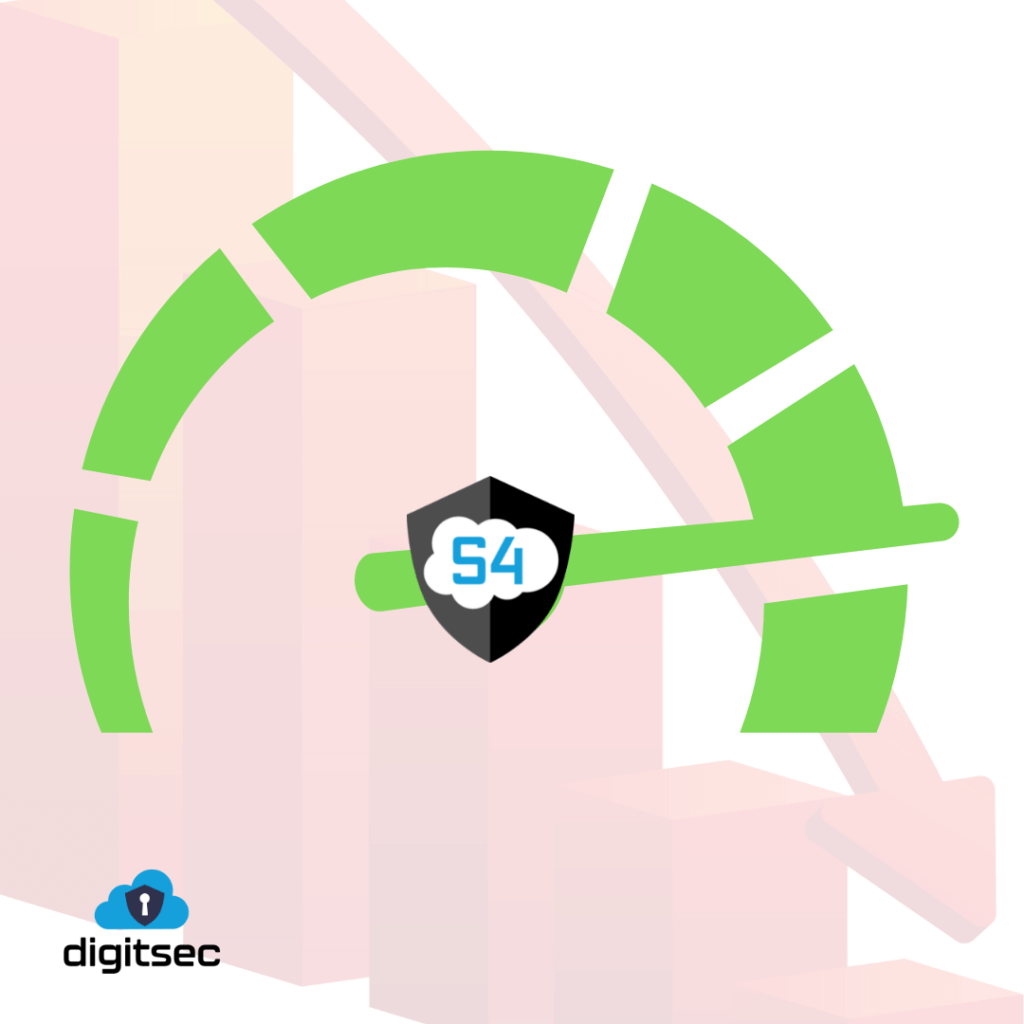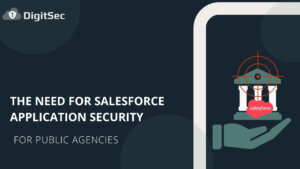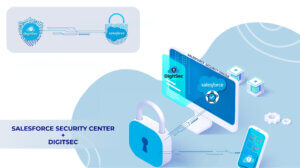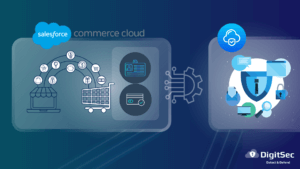Software as a Service (SaaS) and Cloud Infrastructure services have evolved to be a key engine behind business’ and organizations’ progress to greater scale and efficiency. This new ecosystem of systems and infrastructure is driving growth in corollary partnership services.
In response, what were once organizationally disparate teams of IT, cybersecurity, and application developers, have now begun to coalesce around the practice of DevSecOps: A linked work pipeline that results in consistent testing (functional and security), quality assurance and deployment.
DevSecOps Unites Teams
As harmonious as a ‘linked pipeline’ might sound, it’s not all “Kumbayah.” These different teams still have different outlooks and perspectives on the work that must be completed. They use different tools and software to get their job done. Integrating more tools and processing the output of those tools can create more work and headaches.
Just because teams are working more closely, doesn’t mean they are working better together.
Tools Can Foster Collaboration
Successful DevSecOps teams need software that provides a fulsome view of their security posture across code and configuration. Using multiple tools that only address one or the other means duplication of effort and requires substantial coordination to resolve identified vulnerabilities.
Fundamentally, automated tools must be sophisticated enough to scan for issues aggressively and also run additional checks to properly prove positive findings. Too many false-positive findings due to aggressive scanning are not only an ultimate waste of resources, but also detrimental to a strong DevSecOps culture. Moreover, for teams that focus on customizing SaaS applications to meet the needs of their business, they need tools that are designed to work with SaaS environments.
Using tools that require shifting code and config through different environments just for the sake of analysis and testing not only breeds complexity, but also introduces inefficiencies that DevSecOps is supposed to mitigate.
You can read more about this in a recent eWeek review of our S4 product and the InCountry case study showing a substantial saving in development and security costs.
What Execs Can Do
As executives focus on maintaining growth during an economic downturn, relying on SaaS platforms to keep pace with the needs of their business and customers makes sense. The platforms themselves are constantly evolving and smart executives can leverage that change to their advantage.
At the same time, responsible executives have DevSecOps teams in place to focus functionality to their unique processes and to guard against unexpected impacts of system improvement. Integrating a strong DevSecOps culture and empowering teams with efficient and comprehensive tools is an excellent way to focus limited resources to sustain growth.

